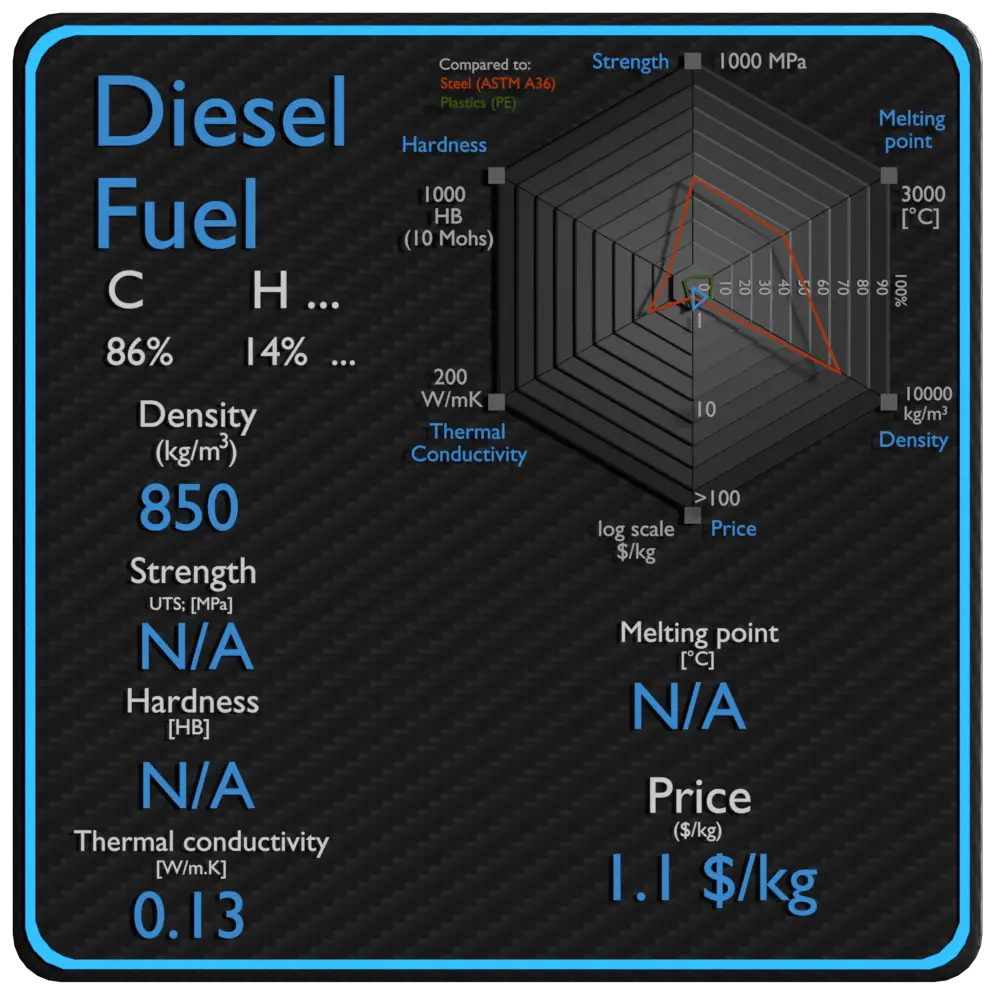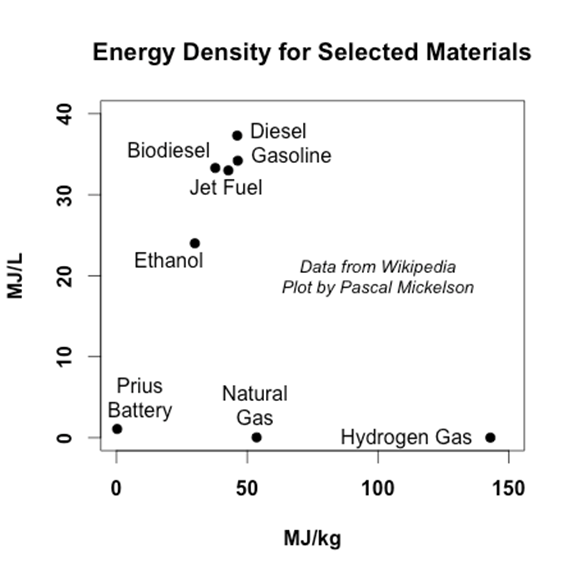

XRD spectra of Ti 3C 2 and Ti 3C 2-CTAB TGA curves of Ti 3C 2, CTAB, and Ti 3C 2-CTAB optical image of Ti 3C 2-IL Raman full spectrum of P-IL, 0.5%-IL, Ti 3C 2-IL, and CTAB-IL ATR-IR full spectrum of P-IL and 0.5%-IL TGA and DTG curves of P-IL and 0.5%-IL LSV curves of P-IL and 0.5%-IL CV and GCD curves of supercapacitors based on P-IL, 0.1%-IL, 0.5%-IL, and 1%-IL electrochemical performance comparison of P-IL and 0.5%-IL supercapacitors at high and low temperatures EIS plots of neat Et 4NBF 4/PC and Et 4NBF 4/ wt % Ti 3C 2-CTAB GCD curves of laminated pouched devices EIS plots of P-IL and 0.5%-IL monolithic pouched devices ionic conductivity of electrolytes 1H-NMR chemical shifts of P-IL and 0.
#ENERGY DENSITY FREE#
The Supporting Information is available free of charge at. In addition, additive engineering guarantees a stable cycling life of 83.6% capacitance retention after 9000 cycles at the depth potential window from 0 to 3.0 V. When the electromagnetic radiation in a region of space is at equilibrium with its surroundings, it can be described by the Planck radiation formula.The total energy radiated from an area in this region of space is given by the Stefan-Boltzmann law and the energy density associated with the radiation can be related to that law. The higher the energy density of a system or material, the greater the amount of energy it has stored. 2 3 Energy density can be measured in energy per volume or per mass. The increased high-power characteristics are supported by a faster ion diffusion coefficient (1.50 × 10 –12 vs 4.04 × 10 –13 cm 2 s –1) and shorter relaxation time (3.83 vs 6.81 s). A lithium-ion battery has an energy density of about 2 MJ/L (different batteries have different energy densities). Energy density is the amount of energy that can be stored in a given system, substance, or region of space. Consequently, additive engineering-designed IL-based supercapacitors deliver simultaneously a high energy density of 28.3 Wh kg –1 and power density of 18.3 kW kg –1.


We prove that electrostatic force and hydrogen bonds generated from the interaction between Ti 3C 2-CTAB and EMIMBF 4 facilitate considerable dissociation of electrolyte ion pairs and ion-transfer capability. Remarkably, IL electrolytes show a considerable increase by 38% in ionic conductivity and great reduction in solid–liquid surface energy from 18.03 to 12.37 mN m –1. Additive engineering is based on adding cetyltrimethylammonium bromide-grafted Ti 3C 2 MXene (Ti 3C 2-CTAB) into 1-ethyl-3-methylimidazolium tetrafluoroborate (EMIMBF 4), a typical IL electrolyte for supercapacitors. In this work, we propose an additive engineering method to promote rapid dynamics of IL-based supercapacitors. The first systematic, quantitative appraisal of power density, offering detailed reviews of power densities of renewable energy flows, fossil fuels. Ionic liquid (IL) electrolytes with a high potential window are promising candidates to high-energy-density supercapacitors however, they commonly suffer from serious kinetic barriers that lead to poor power density.


 0 kommentar(er)
0 kommentar(er)
